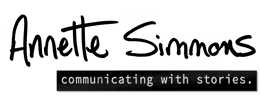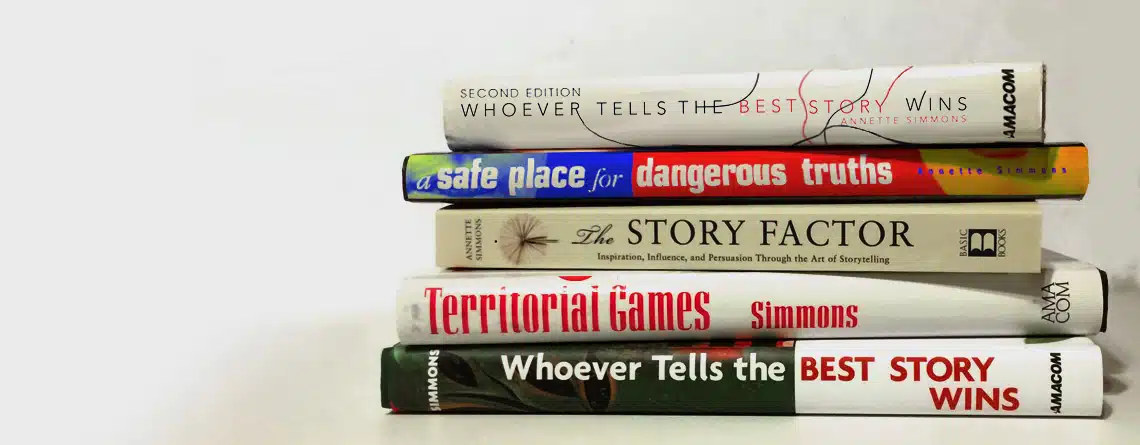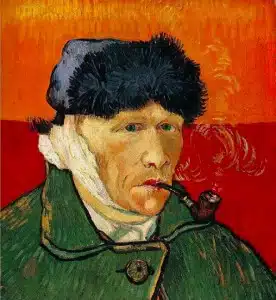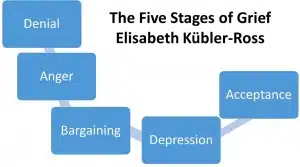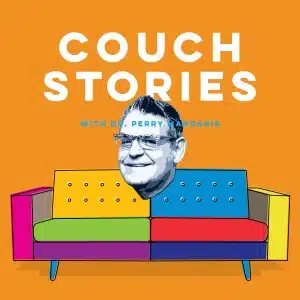
Storytelling Moral Survival System: Part four
Storytelling Morals and Ethics for the Digital Age Obviously, the combined power of story and technology begs for a new code of ethics. The good news is that enduring myths “crowd sourced” moral lessons long before we coined the term, by incorporating centuries of listeners’ tales about what works, what doesn’t work, and how to
